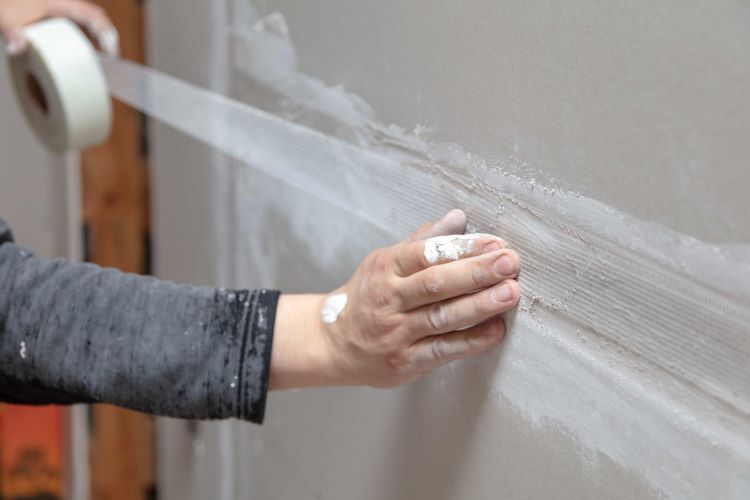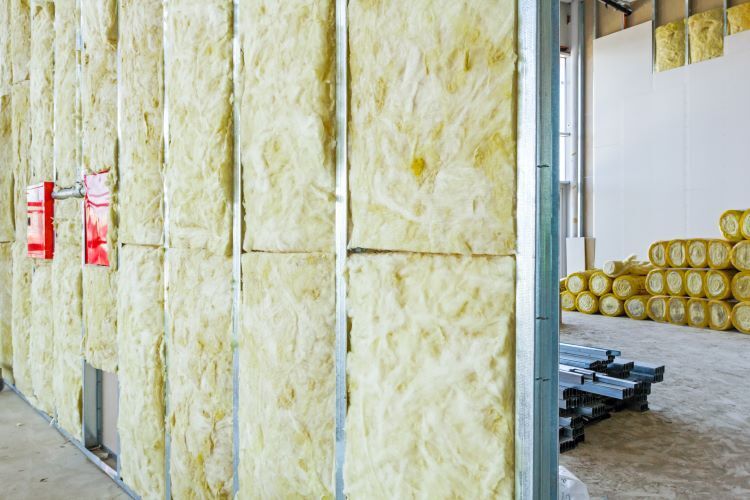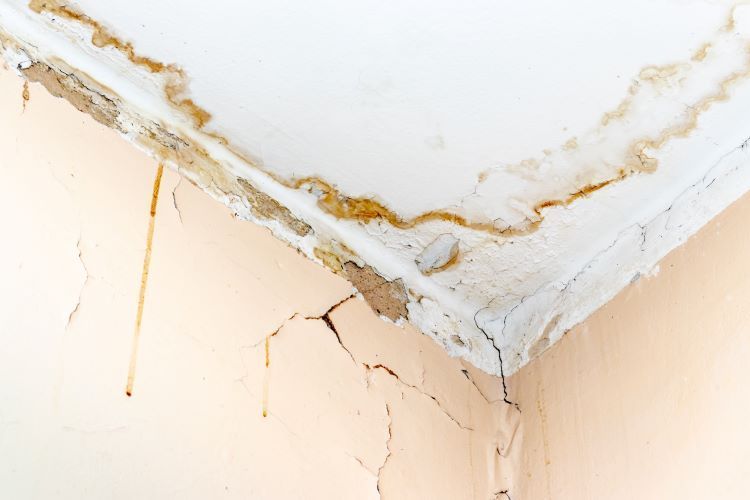Drywall Taping Techniques for Corners and Angles

When it comes to drywall installation, the quality of the taping job can make or break the final appearance of your walls. Corners and angles, in particular, present unique challenges that require precision and skill to achieve a seamless finish. At Windsor Drywallers, we specialize in delivering flawless drywall results, and a key part of that process is mastering the art of taping corners and angles. In this article, we’ll share expert techniques to help you achieve professional-grade results when taping drywall in these tricky areas.
1. Understanding the Importance of Corner Taping
Corners and angles are the most vulnerable areas in drywall installations. Without proper taping and finishing, these spots can crack, chip, or show unsightly seams over time. By taking the time to tape corners correctly, you not only enhance the aesthetic appeal of your walls but also improve their durability and longevity.
2. Tools and Materials You’ll Need
Before starting your corner taping project, make sure you have the right tools and materials on hand:
- Drywall Tape: Paper tape or mesh tape, depending on your preference.
- Joint Compound: All-purpose or lightweight compound for smooth application.
- Corner Bead: Metal or plastic corner bead for outside corners.
- Broad Knife: A 6-inch and 12-inch knife for applying and smoothing joint compound.
- Taping Knife: A specialized tool for pressing tape into corners.
- Utility Knife: For cutting tape and trimming edges.
- Sandpaper: Fine-grit sandpaper for smoothing the final coat.
3. Taping Inside Corners
Inside corners, where two walls meet, require careful attention to ensure a clean, smooth finish. Follow these steps for a professional result:
Step 1: Apply the First Coat of Compound
Start by applying a thin layer of joint compound along both sides of the inside corner using a 6-inch broad knife. Be sure to smooth the compound evenly, extending it about 2 inches on either side of the corner.
Step 2: Embed the Tape
Cut a length of drywall tape to fit the corner, then crease it down the middle to form a 90-degree angle. Press the tape into the corner, ensuring it adheres evenly along the entire length. Use a taping knife to smooth the tape, pressing it into the compound and eliminating any air bubbles or wrinkles.
Step 3: Apply Additional Coats of Compound
Once the first coat has dried, apply a second, wider coat of joint compound over the tape. Feather the edges out further from the corner, using a 12-inch knife for a smoother transition. Allow this coat to dry, then apply a third, final coat, feathering the edges even more.
Step 4: Sand the Surface
After the final coat has dried, lightly sand the surface to smooth out any imperfections. Be careful not to over-sand, as this can damage the tape or the drywall beneath.
4. Taping Outside Corners
Outside corners, where walls form an external angle, require reinforcement with a corner bead to protect against impact and wear. Here’s how to tape and finish outside corners:
Step 1: Install the Corner Bead
Measure and cut a piece of corner bead to fit the length of the corner. Attach the bead to the drywall using nails or screws, ensuring it’s straight and securely fastened.
Step 2: Apply the First Coat of Compound
Using a 6-inch knife, apply a coat of joint compound over the corner bead, covering the metal or plastic entirely. Smooth the compound, feathering it out about 2 to 3 inches from the corner on both sides.
Step 3: Apply Additional Coats of Compound
Allow the first coat to dry, then apply a second, wider coat of compound. This time, feather the edges out further, using a 12-inch knife. After the second coat dries, apply a third and final coat, feathering the edges to blend seamlessly with the surrounding wall.
Step 4: Sand and Finish
Once the final coat is completely dry, sand the surface lightly to remove any ridges or imperfections. The goal is to achieve a smooth, even finish that blends seamlessly into the wall.
5. Dealing with Difficult Angles
Odd angles, such as those found in vaulted ceilings or unconventional architectural features, can be particularly challenging. For these angles, consider using flexible corner tape, which is designed to bend and conform to various angles.
Step 1: Apply Compound and Tape
As with standard inside corners, apply a layer of joint compound to the angle, then press the flexible tape into place. Use a taping knife to smooth the tape and embed it in the compound.
Step 2: Build Up the Compound
Apply additional coats of joint compound, feathering the edges with each layer to blend the angle smoothly into the surrounding drywall. Take extra care when sanding these areas, as the tape can be more prone to damage on unconventional angles.
6. Final Tips for a Flawless Finish
- Work in Small Sections: When taping corners, it’s often easier to work in manageable sections rather than trying to cover too much area at once.
- Use Consistent Pressure: Applying consistent pressure when embedding the tape ensures a uniform finish and helps prevent bubbles or wrinkles.
- Allow Adequate Drying Time: Rushing through coats can lead to poor adhesion and a rough finish. Allow each coat to dry fully before applying the next.
- Inspect and Touch Up: After sanding, inspect your work for any missed spots or imperfections. Touch up as needed with additional compound and a light sanding.
Conclusion
Taping corners and angles in drywall may seem like a daunting task, but with the right techniques and a bit of practice, you can achieve a seamless, professional finish. At Windsor Drywallers, we pride ourselves on delivering high-quality drywall services that stand the test of time. Whether you’re tackling a DIY project or need expert assistance, our team is here to ensure your drywall installation is flawless from start to finish.
Contact Windsor Drywallers today to learn more about our services and how we can help you achieve the perfect finish for your home or business.
You might also like


